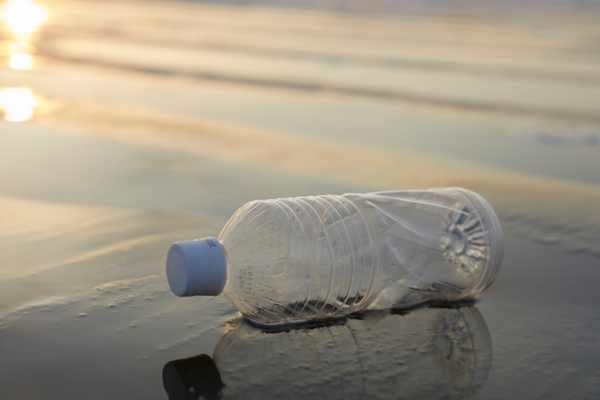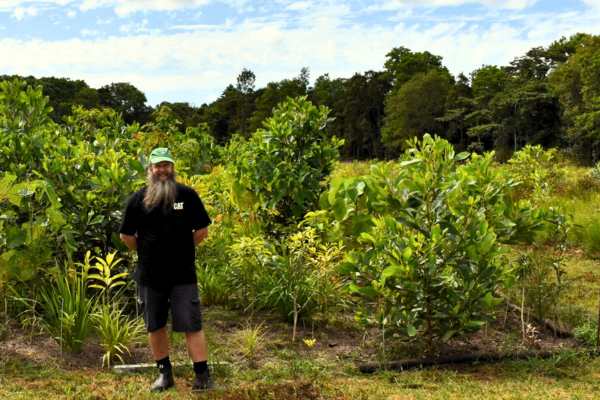Australia's beaches clean up
This new study has revealed some good news about the quantity of plastic trash littering the coastline.

Plastic pollution on the coast has fallen by 39 per cent in the past decade according to a new national study led by CSIRO.
The findings, published in Marine Pollution Bulletin, combined nearly 2,000 surveys across six major urban centres and surrounding areas, examining debris in coastal, riverine and inland environments.
Researchers recorded more than 8,300 items of litter, revealing that the most significant reductions in coastal plastic pollution occurred in Newcastle, Perth, and the Sunshine Coast. In contrast, Hobart and Port Augusta showed increases in waste.
“Three-quarters of the rubbish we find on our beaches is plastic, and flexible plastics, such as food packaging, are the most harmful to wildlife,” Dr Denise Hardesty, CSIRO Senior Research Scientist and co-author said.
“Although there are still areas for concern, it's exciting to see a significant decrease in plastic pollution as people around the country are becoming more aware of the harmful effects of plastic waste on people, communities and wildlife.”
The most commonly found items were polystyrene (24 per cent) and cigarette butts (20 per cent), followed by food wrappers, bottle lids and plastic fragments. The study also highlighted a correlation between litter levels and factors such as land use intensity and socioeconomic disadvantage.
"Three-quarters of the rubbish we find on our beaches is plastic, and flexible plastics, such as food packaging, are the most harmful to wildlife."
“Understanding the types and amount of plastic pollution in our environment provides critical data to develop strategies to stop it ending up there in the first place,” CSIRO Research Scientist Dr Steph Brodie said.
According to the researchers, clean-up activities in urban coastal areas – including community volunteer programs and local government beach maintenance – may be influencing the results.
“Unfortunately, our study did not collect information on clean-up activities, however we hypothesise that clean-up efforts likely influenced the low abundance of waste in our coastal surveys,” the researchers wrote.
Clean-up operations remain a key part of Australia’s response to plastic waste. Clean Up Australia, now in its 35th year, runs regular national events supported by more than one million volunteers.
In its 2024 report, the organisation found plastics accounted for 80.7 per cent of all litter counted in national parks, bushlands and waterways, making it the most common category of waste in those environments.
Container deposit schemes for plastic bottles and aluminium cans are another line of defence that have helped to reduce plastic found on beaches in tourist hotspots, according to environmental researchers.
Legislation around single-use plastic has also been tightening up across the country, initially targeting plastic shopping bags and more recently extending to other items such plastic straws and takeaway food containers in some Australian states.
Tooling up
New technologies are also entering the field to support both monitoring and removal of plastic pollution.
A satellite-based imaging system is being developed by researchers at RMIT to spot plastic pollution in remote coastal regions. Known as the Beached Plastic Debris Index (BPDI), the system uses spectral data to distinguish plastic from sand and water based on how each reflects light.
RMIT says the BPDI was successfully tested last year on a remote stretch of Victorian coastline, marking a step forward in efforts to monitor shoreline plastic waste from space.
Closer to city centres, marine waste collection units developed by Australian startup Seabin are being rolled out globally to marinas, ports, and yacht clubs to both collect and monitor floating plastic.
Seabin says more than 32 units are currently in operation on Sydney Harbour, capturing one plastic item every six seconds, while also filtering out other pollutants.
The CSIRO-led study examined plastic pollution across six major Australian metropolitan regions, including inland, riverine, and coastal environments. The research was conducted over a decade and involved 1,907 surveys within a 100-kilometre radius of cities such as Hobart, Newcastle, Perth, Port Augusta, the Sunshine Coast, and Alice Springs. The study forms part of CSIRO’s broader initiative to end plastic waste, with a goal of reducing plastic entering the environment by 80 per cent by 2030.





